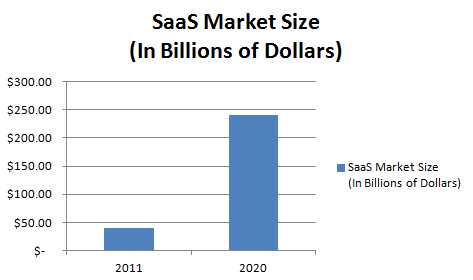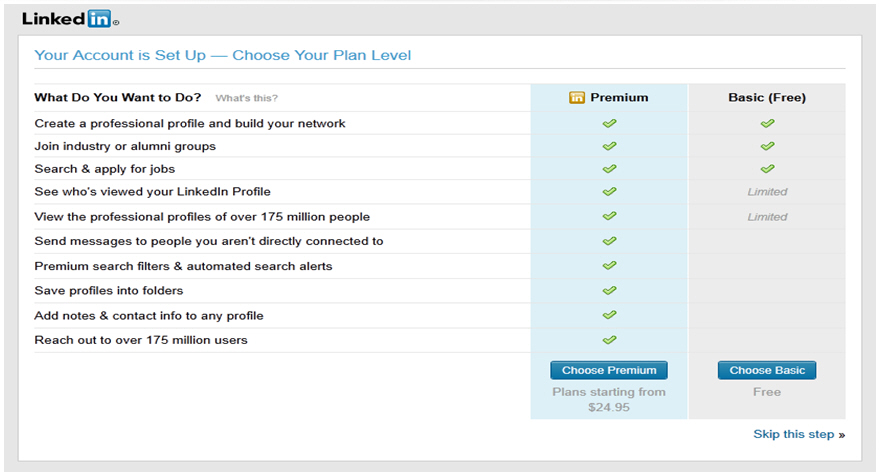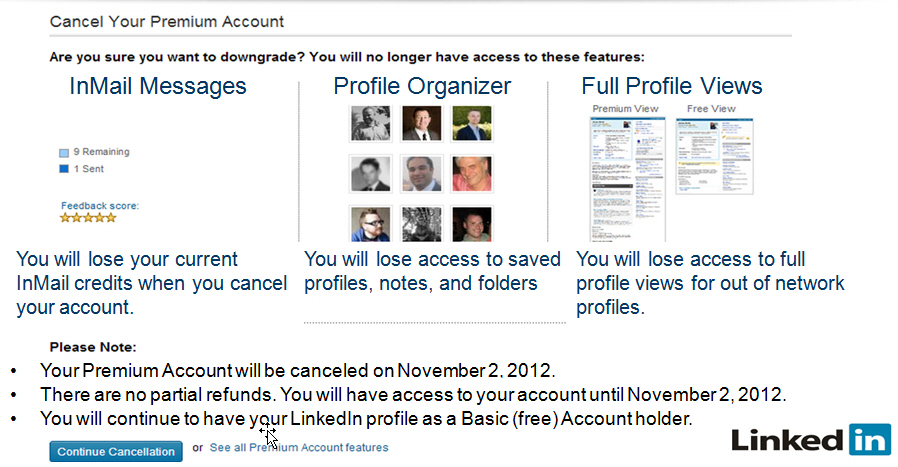Cloud-based software is a fast-growing segment of the several hundred billion dollar global software market. According to Forrester Research in “Sizing the Cloud,” the SaaS market will increase over 600% this decade, from $40.7 billion in 2011 to $241 billion by 2020.

If you are considering a SaaS version of your product or if SaaS is already your primary offering, it is important to consider the various ways in which SaaS companies successfully acquire, monetize and retain customers.
Acquiring SaaS Customers
When it comes to monetizing SaaS products, you tend to hear people talk about freemium models and free trials. The truth is that freemium and free trials are marketing or acquisition tactics, not payment models. The decision to acquire customers through freemium and free trials aligns well with SaaS products that:
- Have potential to scale to millions of users
- Create strong network effect
- Can be supported by advertisements
- Produce high switching costs for users
- Offer a range of features or products
- Focus on B2C or SMB markets
SaaS companies like Salesforce, LinkedIn, and Pandora are good examples of successful organizations that posses several of the attributes mentioned above. It is why they are able to acquire customers by offering free trials and freemium versions of their product.
Salesforce, which allows free access to their solution for a limited time, scales to millions of users, is business focused, has a range of features to induce free trial users to submit payment, provides a strong network effect and, consequently, results in high switching costs for the user.

LinkedIn shares many of the same features as Salesforce. It is business focused, relies on a strong network effect and has high switching costs. It is interesting to note that where Salesforce offers a free-trial to acquire potential customers, LinkedIn offers a freemium version of its product in the hope that users will eventually be persuaded to pay for the many features unavailable in the free version.

Similarly, Pandora, despite its recent warning of a decline in Q4 earnings, and though it does not possess as many of the useful characteristics as LinkedIn or Salesforce, is a SaaS company that offers freemium and premium versions of its product. However, where Salesforce and LinkedIn rely primarily on revenue from subscriptions, Pandora is supported by advertising as its primary revenue source.
Caveats to Freemium and Free Trials
Offering freemium and free trials may garner many users of your product, but that does not guarantee lots of revenue. The following issues need to be considered before you offer your product to a large audience free of charge:
- Free products attract large numbers of users
- Only a fraction of users become buyers
- Ongoing operational costs are associated with non-buyers
- It can take time to pay off
- It generally doesn’t fit enterprise market
Monetizing SaaS Customers
Regardless of how you acquire prospects, the key to any business success is converting prospects into paying customers. SaaS companies monetize their products in a variety of ways, the most popular being:
- Subscriptions
- Advertising/Sponsorships
- Virtual goods
- Usage based blling
- API licensing
- White label
All of these are viable options for driving revenue through your product or service. Both Spotify and Pandora are SaaS companies that offer music streaming. While Pandora drives revenue through advertisements, Spotify does so through subscriptions. Zynga is an example of a company that relies on customers buying virtual goods. Apple, however, monetizes its iCloud with usage-based billing.
Retaining SaaS Customers
Successful companies don’t just acquire paying customers, they retain them. In a subscription setting, it is important to have a strategic dunning process in place. A good dunning process reduces churn by keeping loyal customers aware of the benefits of using your program. This way, they continue to submit payment on a consistent and predictable basis.
Like we said above, successful SaaS products often have a high switching cost. It’s important to point this out to your customers as subscriptions come up for renewal.
Both LinkedIn and Carbonite call out the value of their service and the repercussions of not continuing a subscription.
The LinkedIn notification uses the term “You will lose” three times in identifying a number of valuable features the user loses access to by not renewing their subscription.

In this Carbonite notification, the user is offered a sweet deal by renewing. It should be noted that this is a final message that comes after a number of dire messages informing the user that all their data at Carbonite is at risk.

No matter what type of program you offer, your dunning message should reflect the benefit a user gains in continuing their subscription as well as the consequences of canceling.
Keystone
Beyond the hype of how SaaS changes the way software companies design, deliver and pay for software, in order to be successful, businesses must focus attention on the best ways to acquire, convert and retain customers.
Doug Caviness contributed to this blog post